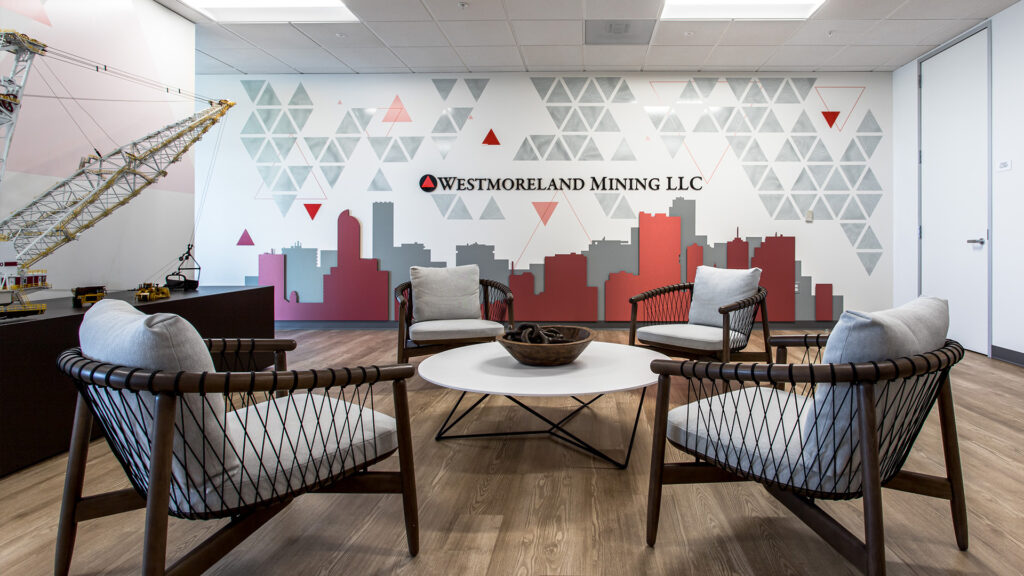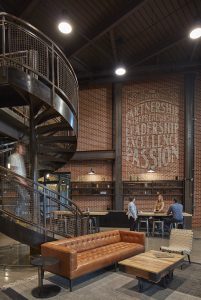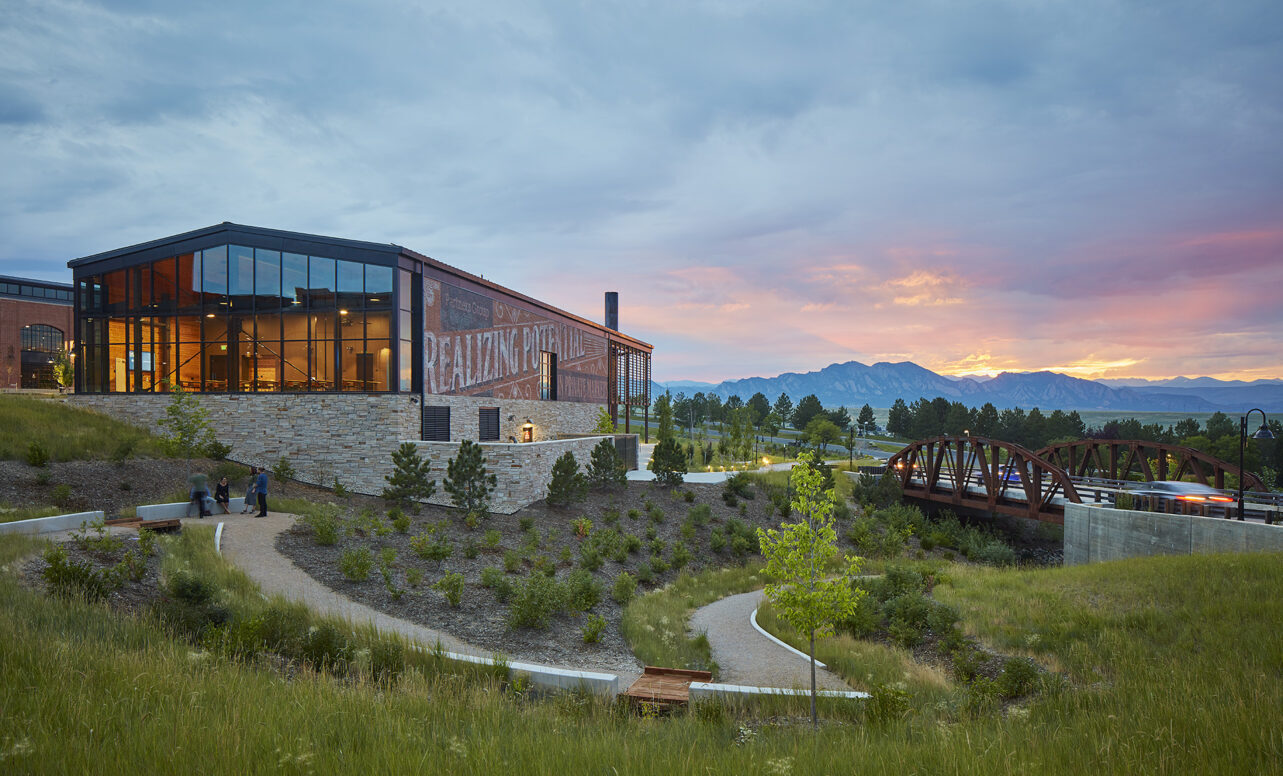There is a growing workplace trend that represents a shift toward a focus on hospitality in the interior space. As we naturally look to understand the “why” that sits at the root of our work, we have to take a step back and ask ourselves, why is hospitality in the workplace so important? And why right now? While the micro-kitchens and game rooms pioneered by tech companies looking to attract top talent are nothing new, the recent rise in workplace hospitality design is more likely due to a synchronous pivot by today’s workforce, spurred by a pandemic-induced global paradigm shift.
When we think of typical hospitality settings, we often imagine places that provide a comfortable, relaxing yet elevated experience, possibly offering a few creature comforts. This experience can be found in a chic hotel lobby with a cocktail bar, for example, or perhaps your favorite coffee shop, where you can comfortably tuck into a nook and get in a few hours of heads-down focus time. These are places that blur the line between experience and productivity; places you might go to accomplish a task for a period, but with the added benefit of an elevated experience.
Ironically, at the beginning of quarantine, many experienced discomforts with the blurred lines that hybrid work created. Our kitchens became our meeting rooms. Our coworkers had a virtual presence in our living rooms. Ultimately, a lack of clear boundaries between work life and home life led to increasing burnout.
However, as we emerge and look toward the future, we would be remiss not to carry the positives of working from home into the modern office’s workday experience. Having spent the better part of the past two years working from home, we’ve been accustomed to spaces being ready to meet us as we are, rather than having to conform to the space.
To quote a recent article by Marc Bellamy, “In society, there are shifts in certain facets of culture that cycle back and forth from mere commodities to experiences…. The experience of a wedding versus the commodity of a marriage license, and so on. Now we are at the precipice of something new—the experience of the workplace, rather than the commodity of sheer productivity.”
There is a clear desire that our workplace environments now support our human nature rather than the commodity of productivity. How, then, do we create hospitality-focused workplaces? The answer might lie in Environmental Graphic Design.

Westmoreland Mining
Environmental graphic design (often shortened to EGD), inherently sits at the crossroads of architecture and human experience. Our goal as designers is to give buildings a voice, to make them speak to their inhabitants in a purposeful way using architectural elements, design and messaging. At 3d-identity (3DID), we call this work “visual storytelling”.
Beginning with a human-centered approach, we aim to understand the user and how they might interact with the space. We call this our “discovery phase.” For some clients, discovery might look like uncovering your brand’s ethos, and telling that story throughout the built environment. For others, discovery might be all about uncovering local culture and crafting a story that firmly grounds the space within its geographic context. Either way, our designs always come from a place of meaning. And meaningful designs are what create meaningful, purpose-driven spaces. When places have a purpose, people then have a purpose to go and occupy them.
As we return to the office, we return with new standards of what we want our spaces to do for us. We prefer multi-faceted spaces that can meet a variety of needs, which means spaces with multiple uses, as well as spaces of multiple sizes. Ultimately, a big part of what we crave is simply environmental enrichment.
During quarantine, monotony was the name of the game. Coming out of it, we desire a higher level of enrichment and seek more meaningful experiences wherever we go. We want different, new, variety, and meaning – the opposite of what a pandemic quarantine provided to us. Most importantly we seek purpose in our actions. We want to feel like we’re going to a place that was purposefully designed to fulfill our needs for the day. EGD is that layer of storytelling that creates enriched, destination-worthy spaces.
As many industry leaders have previously and correctly identified, people are spending less time in the office– but with more intentionality. Many seek office spaces as a place for collaboration and inspiration. They seek to get something out of their experience there. At 3DID, we like to imagine what a space could do for you by asking “what if” questions, followed by “how might we…?” For example: What if your space could inspire you every day? What might that look like? What if your space could be a hive of collaboration? How might we facilitate that? Or what if your space inspired you to engage with your local community? What stories might we tell to achieve that?
As we collectively embrace a shift towards hospitality in the workplace and look for ways to create purposeful spaces, environmental graphic design becomes more important than ever to the built environment.


Julia Thummel
Senior Designer, 3d-identity
This article was originally published in CREJ Building Dialogue Magazine, December 2022

 Instagram
Instagram